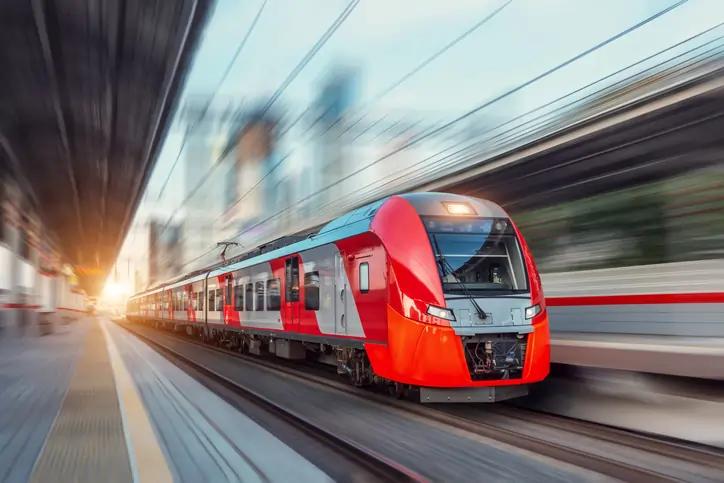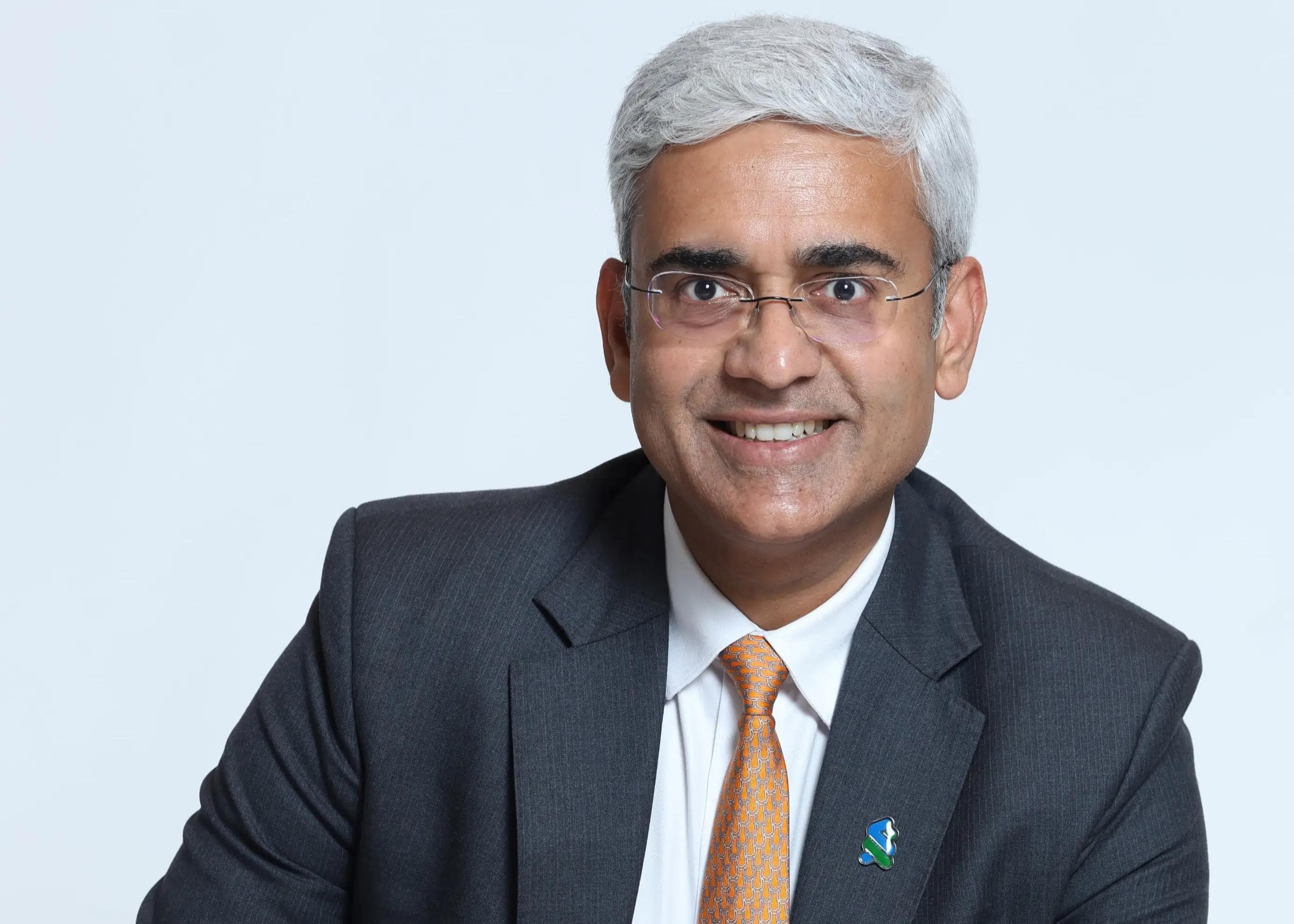Businessman Sergei Glinka – Biography, Family, and Views on the Development of the Transport Sector
Businessman Sergei Glinka – Biography, Family, and Views on the Development of the Transport Sector
Published by Wanda Rich
Posted on May 12, 2025

Published by Wanda Rich
Posted on May 12, 2025

A brief biography of Sergei Glinka — a businessman with many years of experience in the transport infrastructure industry. What is known about his family, why people are searching for him on Wikipedia with photos, and recent media mentions.
Sergei Glinka — businessman, investor and expert in transport system development—shares his insights on the structural role of infrastructure, sources of funding for major projects, and key technological trends in the industry.
Biography of Sergei Glinka
Sergei Glinka is a businessman and investor. He began his career in the transport sector back in the early 1990s. He actively invests in various projects, including the supply of rolling stock and the development of transport corridors in Europe. His work contributes to the modernization and sustainable development of transport systems. Glinka keeps his family private, choosing to focus on his professional activities and transport initiatives.
Interview: Sergei Glinka on the Current State of the Industry and Systemic Challenges
Q: Let’s talk about the role of modern transportation in the interaction between cities and countries. Why is development so important?
Sergei Glinka: A well-functioning transport network is a vital artery for both economic and social progress. History shows that prosperity follows transportation growth. Today, railways carry about 10% of global freight, and by 2050, total transport flows may triple. Without comprehensive strategies—integrating smart land use, modern infrastructure, public transport, and efficient logistics—this growth will be unmanageable.
Q: What global factors are most strongly shaping the direction of the industry?
Sergei Glinka: From the outside: trade globalization, restructuring of supply chains, and rapid urban growth. Internally: chronic underfunding of infrastructure, rising energy demands, and climate risks. The main goal is clear—build an affordable, ideally fully electrified rail network, and upgrade rolling stock to clean energy models. At the same time, digital services must be implemented: contactless payments and seamless door-to-door multimodal transport to make the system convenient for both passengers and businesses.
Q: Where can the resources for this kind of overhaul come from?
Sergei Glinka: The traditional model is direct government funding, but state budgets are stretched thin. That’s why the EU widely uses targeted grants, and globally we’re seeing growth in concessions and public-private partnerships. A private investor designs, builds, and operates the facility; the state regulates and co-finances. This model has proven effective—from Algeria’s Alameda Corridor to Sweden’s Arlanda Express and many European freight hubs.
Q: How do these models affect passenger transport availability?
Sergei Glinka: Accessibility depends directly on how quickly we modernize. In densely populated areas, space is tight, traffic is worsening, and the environment is suffering. The winners are those investing in advanced public transport—trams, metros, and interregional rail. Even in countries where personal vehicles dominate, we’re now seeing a rail transit renaissance.
Q: Who’s leading the production of rolling stock, and how is globalization influencing this market?
Sergei Glinka: Global leaders include CRRC, Alstom, and Siemens, but nearly every major economy has its own assembly facilities. Local production allows for better adaptation to local needs and enables turnkey services, including staff training. Global corporations often partner with national manufacturers, accelerating progress across the industry.
Q: Which market segments are growing the fastest?
Sergei Glinka: After the pandemic, the industry bounced back almost phenomenally. Southeast Asia leads in new rail construction, but Europe is also moving toward a €45 billion market by 2030. Growth is driven by trans-European corridors and Euro 6/Euro 7 environmental standards. The biggest demand is for electric trains and metro cars, which also drives demand for service and maintenance sectors.
Q: What’s the current state of transportation and manufacturing in Romania, where you’re active?
Sergei Glinka: Romania had a difficult starting point—decades of industrial stagnation led to outdated infrastructure and lost expertise. But the next few years present a real opportunity. The modernization of EU corridors and updates to intercity and urban transport may require up to €25 billion in investments. This is a chance for both local manufacturers and international partners.
Q: What helps countries plan such a large transition?
Sergei Glinka: Long-term strategies are essential: a 10–15 year outlook, a clear plan for urban and trunk networks, a forecast of technical needs, and a list of critical industries. The tactical side includes pilot grants, R&D subsidies, and soft loans for working capital given the long production cycles. Without these tools, large projects tend to stall.
Q: What technological megatrends are shaping transport today?
Sergei Glinka: First, energy efficiency: lightweight materials, hybrid and hydrogen engines. Second, full digitalization: autonomous technologies, augmented reality, machine vision. Third, communication and safety: V2X networks, smart traffic control, and cloud analytics. In e-buses and trams, this translates to permanent magnet motors, high-capacity thermal batteries, and modular systems for quick part replacement.
Q: Which countries lead in patents and innovations?
Sergei Glinka: Clearly, China, Japan, the U.S., and South Korea; in Europe, Germany and Italy are ahead. Most patents focus on new engines, automation, and safety systems. But tech adoption is fast—major manufacturers introduce innovations almost simultaneously.
Q: Given today’s climate agenda, how can transport reduce its carbon footprint?
Sergei Glinka: Transport is responsible for about 23% of global CO₂ emissions, so electrification is the obvious solution. This includes trams and long-distance trains with batteries or hydrogen power. But rolling stock alone isn’t enough—we need infrastructure aligned with energy and industry sectors. That’s when green transport becomes real, not just a marketing slogan.
Q: What’s next in the evolution of trams and electric buses?
Sergei Glinka: First—full autonomy without overhead wires; pilot projects are already running in China. Second—next-generation batteries: more capacity, lighter, and cheaper. Third—wider adoption of autonomous control. There are already successful freight trains 240 cars long, remotely operated across 1,800 kilometers.
Q: One final question—why has design become so important in rolling stock?
Sergei Glinka: Because people choose with their eyes. A quiet, functional, ergonomic interior makes public transport more appealing. Award-winning projects today come not just from major brands but also from young teams, like the designers in Mediaș who won the IF Design Award 2024 for a low-floor tram concept. A good-looking, user-friendly train is a strong ally for sustainable mobility.
Explore more articles in the Interviews category











